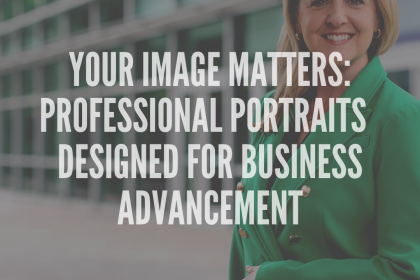This last “Q&A Friday Introductions” on our social platforms stirred up a long response. The question was:
Q: What thoughts and concerns I had while designing my website?
My answer was long enough so that I decided to interject it into a “Marketing To The MAX” series article. Redoing your own website is a consuming task for any business owner – so what concerns did I have, and how did I overcome them?
For years and years, I used the free website option that came with my photo storage and e-commerce platform subscription. Using the same location was convenient and saved on my budget. I struggled for years to work around (or settled with) limitations in both the platform’s design and technical capabilities. But finally, earlier this year, I made the daunting decision to redesign and build on a completely new platform – WordPress.
I drug my feet for years to finally make the switch due to many concerns… and lame excuses. Many of which you have probably felt, or are feeling right now…
- Building a new website is tedious…
- I don’t have the time to focus on a new website…
- What do I carry over, and what do I throw away?
- This will be expensive – it’s easier to just keep what I have…
- I have enough clients, why do I need a better website?
But my BIGGEST concern was the effects this would have on my organic SEO ranking (“Search Engine Optimization”).
Let’s break for a sec, because SEO is super powerful. What is SEO?
“Search Engine Optimization” is the process of maximizing the number of visitors to a particular website by ensuring that the site appears high on the list of results returned by a search engine.
What that means is… ranking organically, without paying for placement, when a person searches for what you sell, what you offer, what you are advertising on your website.
How do you do rank organically? Your organic ranking is dependent on your web presence trustworthiness. A search engine decides your rank placement based on endless factors. But to put it plain and simple – a search engine robot judges if you appear to be a real and legitimate business, that has been around a long time, and will be around a long time. This is heavily based on your website and all external sources that reference you: your digital footprint.
What do I mean by digital footprint? Your website is a piece of the puzzle – and encompasses your internal SEO. External SEO is the rest of your digital footprint: social media profiles, directory listings, local business listings, association listings, mentions in the press, mentions on other people’s websites, video marketing, published articles, mentions for community involvement, guest blog posts… your digital footprint is the giant web of link-building that all points back to your final stop (which in most cases, is your website).
How do you create a digital footprint that the Search Engines will find trustworthy? What Search Engines hate is content that is clearly created for ranking… writing for robots to work the system. What Search Engines LOVE is content for humans. That means organic, natural growth over time. That means writing with the end user in mind, developing a positive experience for your audience.
Maybe SEO should stand for Search “EXPERIENCE” Optimization. 😉
I love how Justin Shaw puts it: “Search Experience Optimization at its most basic means providing your users with the best possible experience when engaging with your brand/content online. To improve your digital footprint, you want to optimize all channels and touch points where your customers might engage with you. Ensuring you are serving the best possible user experience and information that ultimately solves their problem and or answers their question”.
I’ve been lucky enough to build up a digital footprint trustworthy enough to get authentic leads (and bookings) from out of state. How did they find me? Not a referral, or a friend. They find me through Google Search. My fear was, that if I redid my website (even if I do well in the rebuild) my rankings will fall for an unknown period of time, and I will miss out on business. Maybe my rankings would tank permanently!!! But, they didn’t. All that SEO work I had done… 90% of it was external SEO. So I just had to make sure the website itself was built correctly and that it was also an engaging and beautiful experience. That was something I could not accomplish visually with the previous platform.
My next thought was that the market is sooooo saturated with professional photographers. One thing I found is that female photographers primarily have a consumer focus: families, seniors, babies, weddings, engagements, and the like. My photo colleagues tend to have softer websites, designed in whites, pastels, and gentle fonts. But I have a heavier commercial and business clientele, so I wanted my website to be more masculine and bold in color and design. Plus, I wanted a portfolio without your typical “galleries”.
I think the hard thing about designing and/or developing your own website is that you want things to be perfect before going public. But it’s just not possible with how hard we can be on ourselves! The website may not be perfect, but I am pleased to share it now, and my rankings are still strong, so my fears were beaten! It is full of rich content and web optimized photographs, decked out with Alt Tags like you wouldn’t believe! If I could recommend a skill to any business owner, it would be to know a little bit about web design/development, but to know AS MUCH AS YOU CAN about Organic SEO. You may build the best website in the world, but SEO is what will help your target audience find you.
Please share in the comments…
- What are your favorite things about your own website?
- What would you do differently if you redesigned?
- What seems to be the most effective part of your website?









